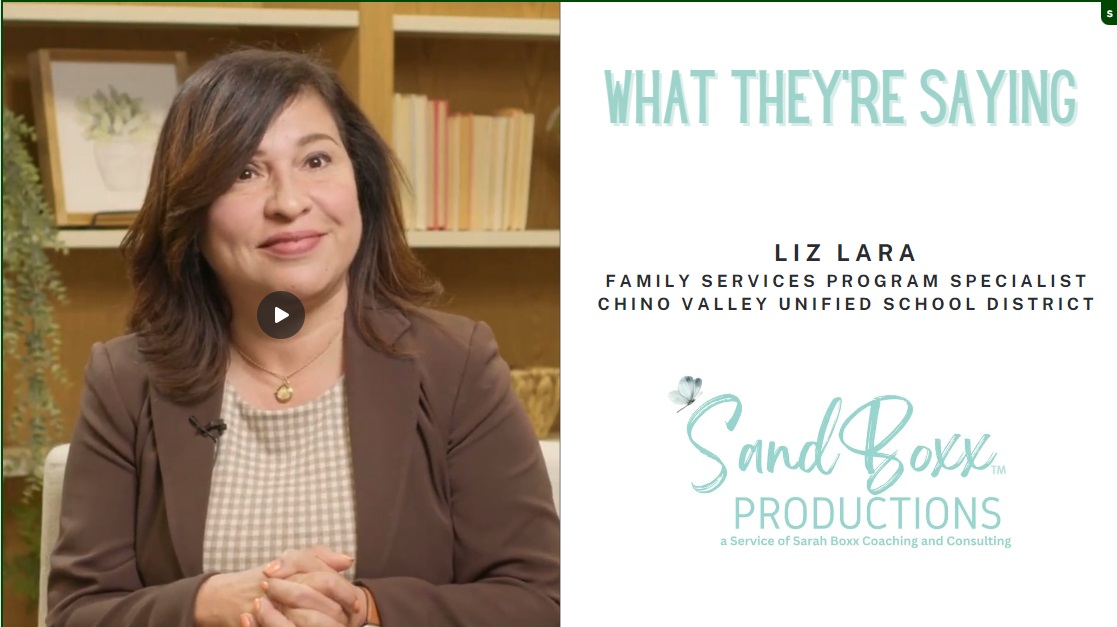“The only way to stay on top is to remember to touch bottom and get back to the basics.”
– Shane Black
Living in a digital age, as we all do, it can often feel like every day there is something new to learn and keep up with. In many ways, this has become our reality.
Every day, there are new social media trends becoming popular (hello TikTok videos), new apps are developed, and our favorite platforms are given a “fresh look” or new update on what feels like a weekly basis.
Each new tool, digital trend, or platform update is intended to make our businesses more efficient, and our communication more effective.
This is a good thing!
Although it can sometimes feel overwhelming trying to “keep up” with the constantly changing digital landscape, it’s worth the effort.
Taking the time to understand these digital trends will help to make your organization relevant and will enable you to capture the attention of an audience that is immersed in a technological world. We live in an unpreceded time in which the possibility for connection and impact is truly limitless.
New developments in technology are resources that should be taken advantage of.
HOWEVER…we’d be remiss if we didn’t point out a very important truth:
Just because it’s “old” doesn’t mean it’s bad.
New technology is helpful, but the classics are still important my friend. This applies to more than the vinyl records and velvet jumpsuits that have resurfaced in popularity these last few years.
The recent advancements in technology have led to a culture that wants to streamline and automate communication. We love pre-drafted messages and email drip software. Don’t get me wrong, these are excellent tools and should be an important part of your communication strategy. They allow you to be thoughtful about your word choice and reach a wider audience in a fraction of the time.
But sometimes, the audience you are reaching and/or the message you need to share demands more personal attention than an email or social media post will allow.
When it comes to communicating effectively for your organization, certain situations should prompt you to “go back to the basics”. In other words, sometimes you need to put aside your Instagram scheduler or email funnel and pick up the telephone.
That’s right, phone calls are still an important tool for effective communication. They offer a personal touch that texts, emails, or DM’s simply don’t allow. This is essentials when it comes to:
- Fostering important relationships for your organization
- Giving and receiving important feedback
- Sharing significant news or updates that may illicit follow up questions or conversation
Although this information may seem obvious and overly simple to some, the reality is, we have entire generations (looking at you millennials) that have grown up with total access to digital technology and as result have not always learned the art of the telephone call.
If this is you, don’t worry…we’ve got you covered! (Generation X’ers, bear with us for a second).
5 Tips for Making Business Phone Calls
- Prepare Ahead of Time – Before making an important phone call, it’s a good idea to create an agenda for your conversation. This will help to keep your conversation on track and to make the most of your time.
- Identify Yourself – Even if you’ve called this person before, always identify yourself and your reason for calling.
- Listen. Listen. Listen.
Conversation is the purpose of a phone call. In other words, two people should be talking. Don’t forget to take the time to listen.
- Take Notes – It’s a good idea to have a pen and paper handy for any important phone call. Don’t assume you will remember every important detail of your conversation. Take some notes.
- Leave A Voicemail – If the person you are calling is unavailable, always leave a voicemail. This gives them the opportunity to follow up with you.
Communication is very important. Developing an effective communication strategy means integrating a variety of tools and resources to meet the needs of your audience and the goals of your organization.
Stay up to date on tips and resources to keep your organization relevant and running smoothly, click HERE!
Article was contributed by: Maria Lees, Team Writer with Sarah Boxx




